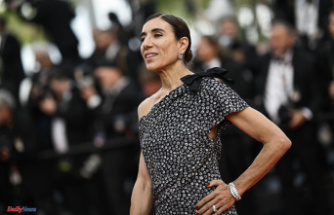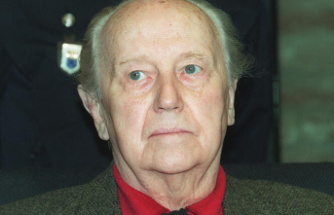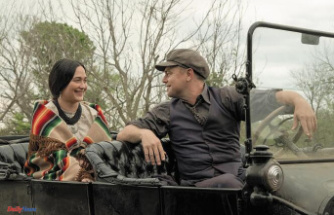Christina Baker Kline
When: 7 p.m., March 1
Admission: $33 (includes a copy of the novel “A Piece of the World”)
Where: Carnegie Lecture Hall, Oakland
Details: 412-622-8866 or pittsburghlectures.org
Sign up for one of our email newsletters.
Updated 8 hours ago
Andrew Wyeth's “Christina's World” is viewed by thousands of patrons each year at the Museum of Modern Art in New York City. But few have studied the painting more than Christina Baker Kline, the author of “A Piece of the World” (William Morrow, $27.99).
In the novel Kline, the author of the bestseller “Orphan Train,” imagines the life of Christina Olson, the model in Wyeth's iconic painting.
Olson was the muse for many of the paintings Wyeth executed while summering in Cushing, Maine. But “Christina's World” is the most famous of Wyeth's works. The painting seems deceptively simple until the subtleties of the work emerge: the intricate brushstrokes that create the landscape, the lack of primary colors, the woman's agonizingly thin limbs.
Olson's life also appears to be unassuming. She was 55 when Wyeth (then 31) painted “Christina's World” in 1948. A spinster, she suffered from a debilitating nerve condition that made it difficult for her to walk, let alone take care Retrobet of the farmhouse she shared with her brother, Alvaro. Olson cooked, cleaned and tended to her brother after being denied her aspiration to become a schoolteacher; her parents pulling her out of school when she was 12 to work on the farm. There also was a failed courtship that ended when the parents of Christina's suitor deemed her unacceptable for their educated son.
But after copious research, Kline discovered that Olson's life was far from ordinary.
“I was taking one life and dwelling in it,” she says. “Trying to show the beauty and the humanity and the ordinary heartbreak of an ordinary life. It's a trite saying, but I still like it: Be kind, because everyone you meet is carrying a heavy burden you don't know about. And that's sort of what the book is about.”
Olson's life would have been unexamined if not for Wyeth, the son of the artist N.C. Wyeth. When he discovered the Olson family farm — his wife Betsy knew the family — he found the subject matter that he'd long sought. He was “movie star handsome, a young Greek god,” self-assured and charismatic, according to Kline.
But Wyeth's other qualities allowed him to connect with Olson.
“He was kind and perceptive,” Kline says. “When he looked at you, he was seeing you, and I think that's why Christina immediately trusted him. I think he really appreciated her quirky individualism, her stubbornness, because he was really stubborn.”
Kline also thinks they bonded over their commonalities: Both Olson and Wyeth had tyrannical fathers who cut short their educations. Both had health issues during childhood and Wyeth was home-schooled because of his frailty.
When they met, she was at first reluctant to pose. But because Christina Olson relented, Andrew Wyeth's standing as one of the great American artist of the 20th century was cemented.
But what Wyeth gave to Olson is arguably more important: the life she never had.
“I think that he portrayed her the way she imagined herself, which was young, with autonomy and dignity,” Kline says. “I think that she felt really truly seen by him. ... I think it's clear as the story unfolds that he is uniquely able to get under the surface of her.”
Rege Behe is a Tribune-Review contributing writer.
Our editors found this article on this site using Google and regenerated it for our readers.












